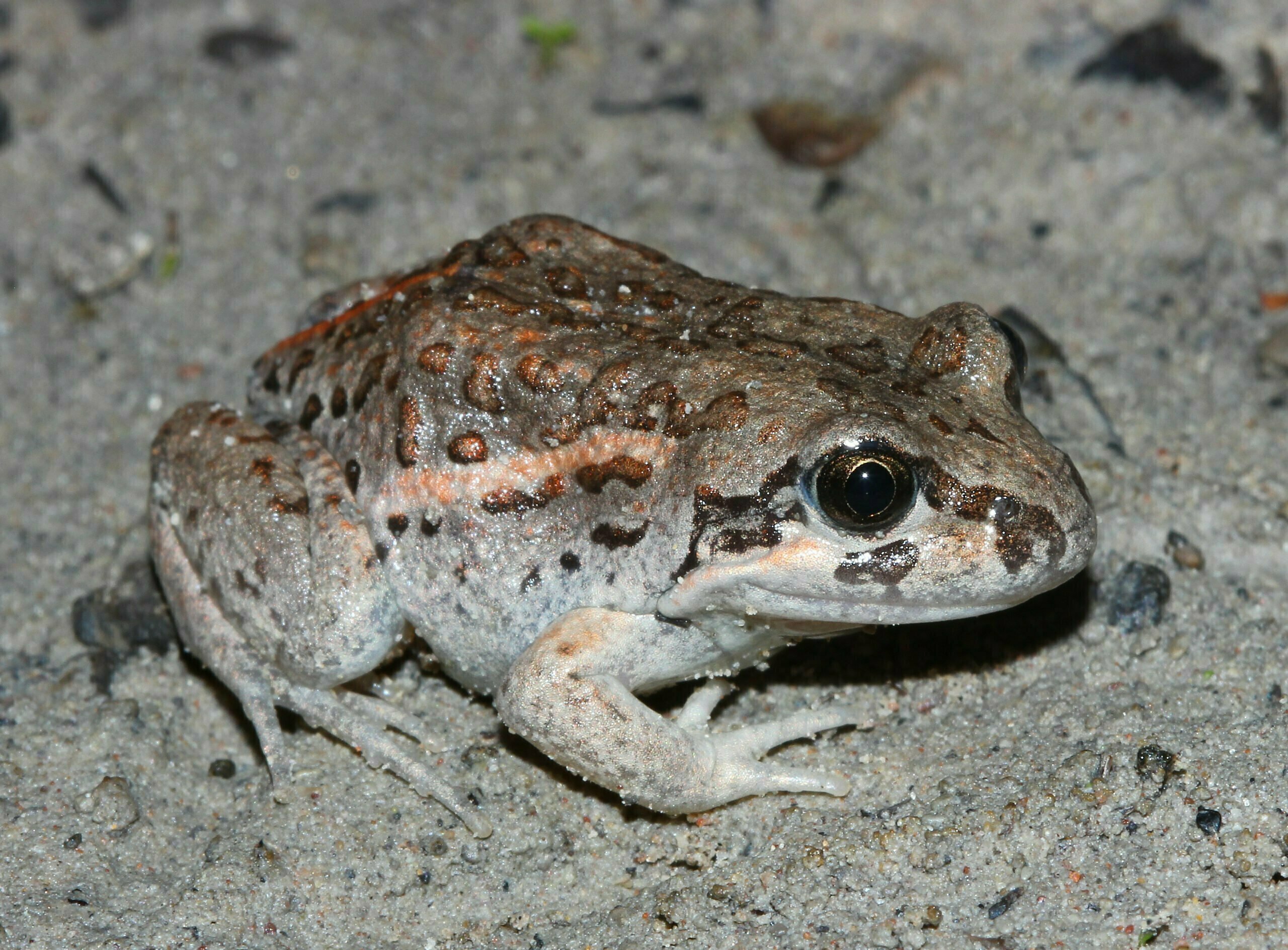
Leaping to It: Yurrayas Jumping in Puddles
by
Tamara Kermode •
June 14, 2022
Leaping to It: Yurrayas Jumping in Puddles Author: Tamara Kermode Today we are leaping into the waters and finding some Yurraya (Frog in the Gamilaraay language). A study conducted by the University of New England Masters Student, Abdur Razzaque Sarker in collaboration with the NSW Department of Planning and Environment (DPE), looked at the patterns [...]
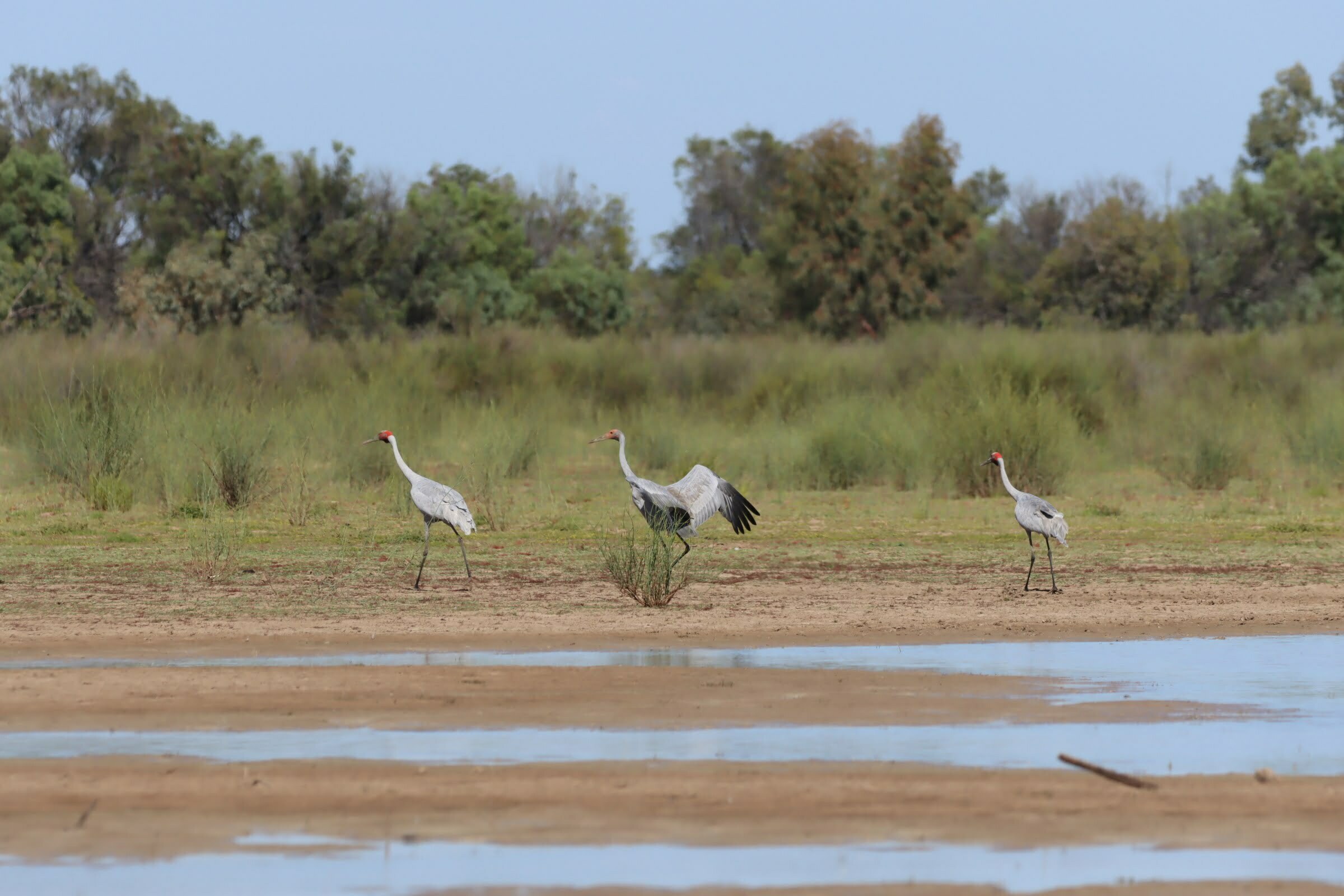
Waterbirds on Toorale: What Have We Seen in 8 Years
by
Tamara Kermode •
June 14, 2022
Waterbirds on Toorale: What Have We Seen in 8 Years Author: Tamara Kermode Over the eight years of the Long-Term Intervention Monitoring (LTIM) and Flow-MER projects we have monitored the waterbirds of the Toorale State Conservation Area. During this time, we have recorded 57 different waterbird species using the wetlands, channels and dams of Toorale, [...]
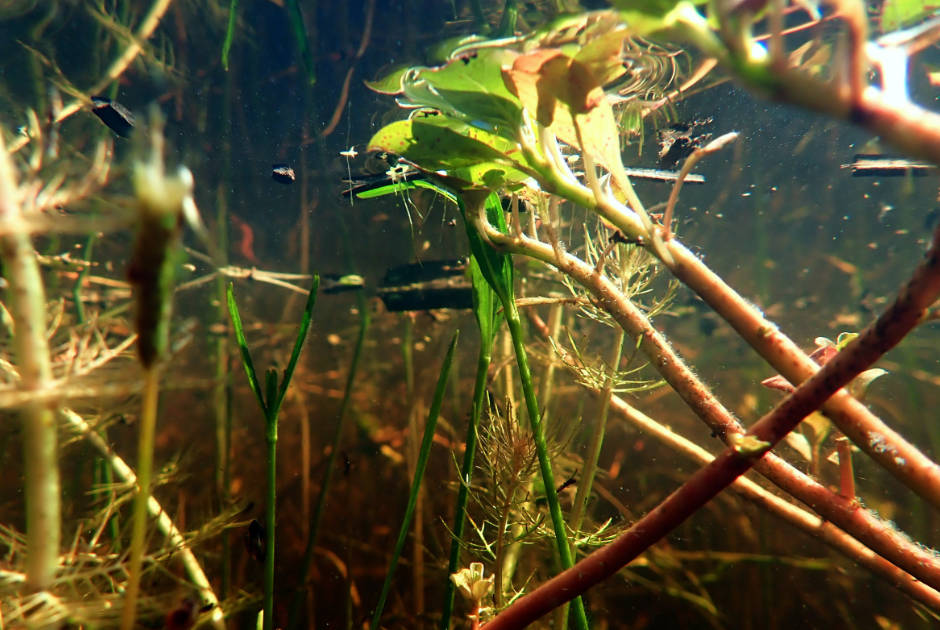
Managing aquatic meadows in the Lowbidgee
by
FLOW-MER •
December 2, 2021
Managing aquatic meadows in the Lowbidgee Authors: Dr Damian Michael and Associate Professor Skye Wassens The Murrumbidgee River originates from wet heath and alpine bog communities in the Snowy Mountains of New South Wales where it then flows north through the ACT before veering west to merge with the Murray River 1,485 km downstream. As [...]
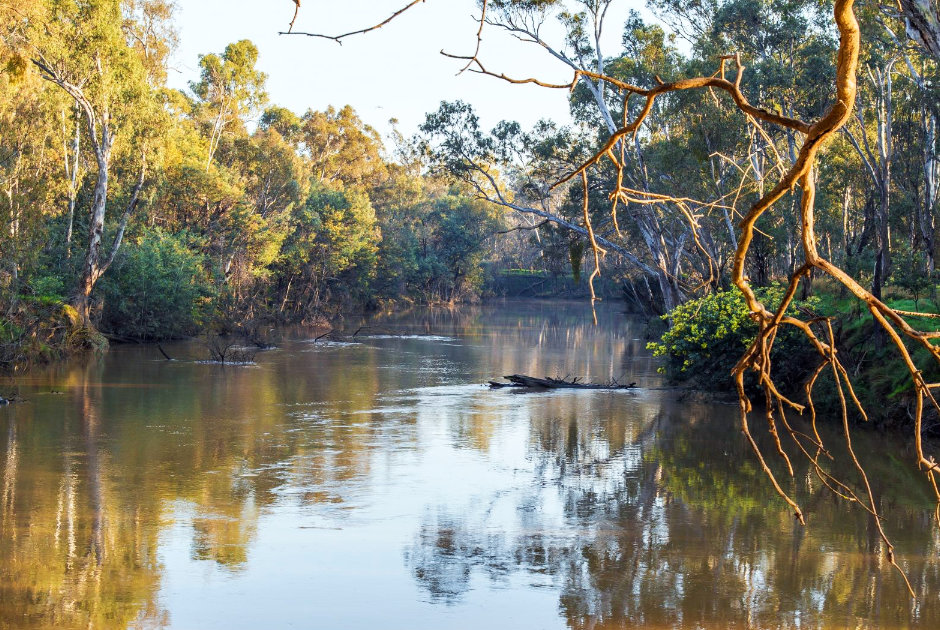
Goldilocks and the Goulburn River: Measuring stream metabolism to get flows ‘just right’
by
Mike Grace •
November 5, 2021
Golidlocks and the Goulburn River: measuring stream metabolism to get flows 'just right' Author: Mike Grace Rivers are the lifeblood of fish, plants, insects, bacteria and algae, in fact anything that lives within, and relies upon the riverine ecosystem. The health of a river ecosystem affects these organisms, and we want to know if water [...]
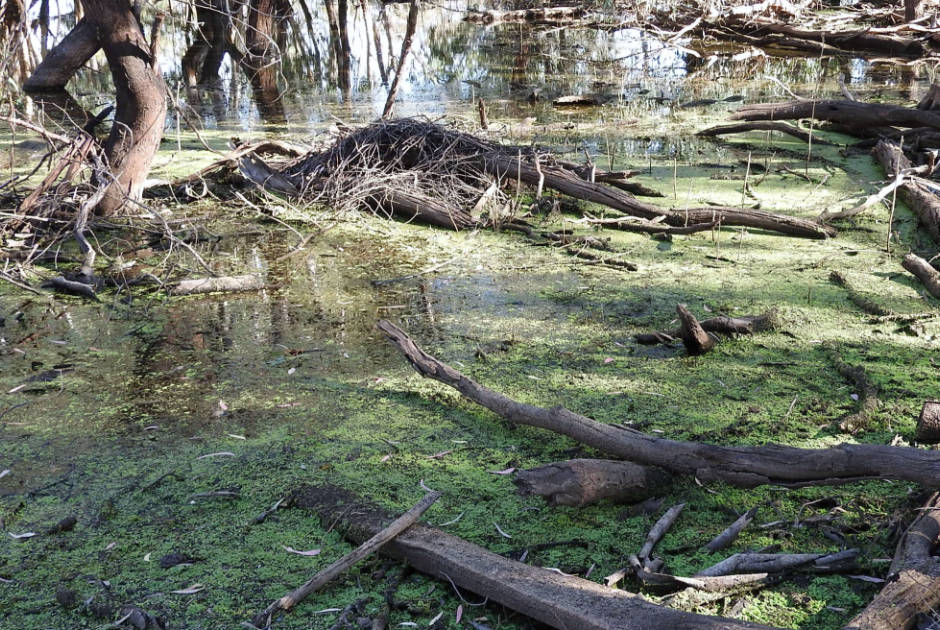
Monitoring at Moon Moon – diverse vegetation and poems about tiger snakes!
by
Will Higgisson •
October 7, 2021
Monitoring at Moon Moon: diverse vegetation and poems about tiger snakes! Author: Will Higgisson Over the past six years of monitoring, the Lachlan selected area has had the greatest diversity of plants recorded of all seven selected areas across the Murray-Darling Basin with a whopping 359 species recorded. This is quite an achievement considering that [...]

Pelagic fishes of the Lachlan: what do dolphins and hardyheads have in common?
by
Adam Kerezy •
September 22, 2021
Pelagic fishes of the Lachlan: What do dolphins and hardyheads have in common? Author: Adam Kerezsy The depths of a river are home to a diverse range of creatures that have evolved over time to specific conditions; some live in dark and oxygen-poor river floors, others in light and oxygen-rich environments. Each species has adapted [...]

Metabolic ‘fingerprints’and aquatic food webs
by
Paul McInerney •
July 12, 2021
Metabolic 'fingerprints' and aquatic food webs Author: Dr Paul McInerney Food webs describe ‘who-eats-what’ within biological communities. Food consumed by organisms has several uses: generation of energy, growth and reproduction. In particular, food webs define the pathways along which energy is transferred from resource to consumer. The strength and direction of these energy transfers are [...]
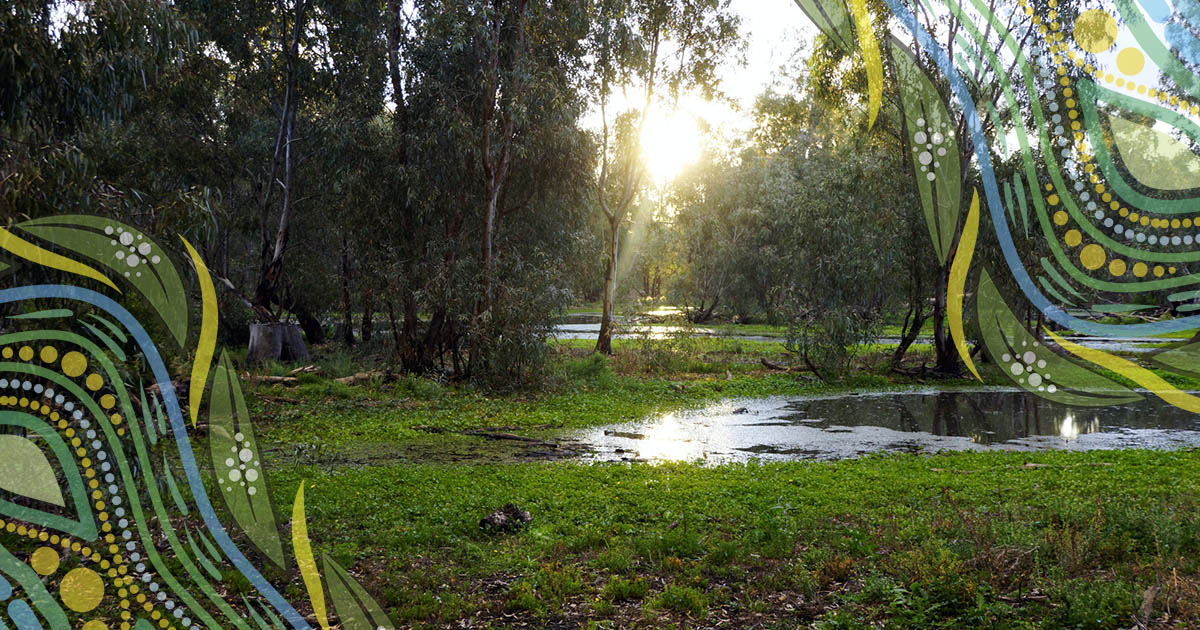
Supporting culturally significant native plants with environmental water
by
FLOW-MER •
June 29, 2021
Supporting culturally significant native plants with environmental water Author: Dr Will Higgisson For more than 60,000 years, over 40 Aboriginal nations have been caring for the Country that the Murray-Darling Basin is within. While diverse, Aboriginal peoples share cultural connection and custodial responsibility for water, which for thousands of generations has held meaning and purpose, [...]

Striking Gold – Golden perch flows and spawning in the Lachlan River
by
FLOW-MER •
April 27, 2021
Striking Gold Golden perch flows and spawning in the Lachlan River Author: Lachlan Research Team As good rain fell in the upper Lachlan River catchment in spring 2020, excitement grew around a potential translucent flow through downstream river bends to benefit native fish. A translucent flow occurs in a regulated river system when a portion [...]









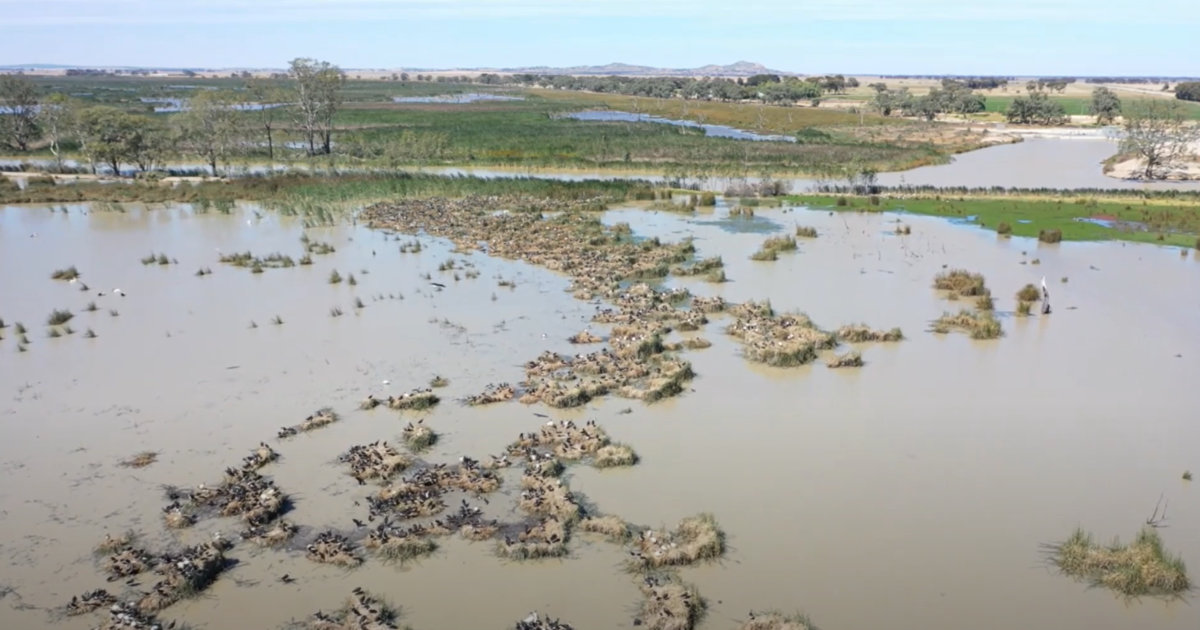



Recent Comments